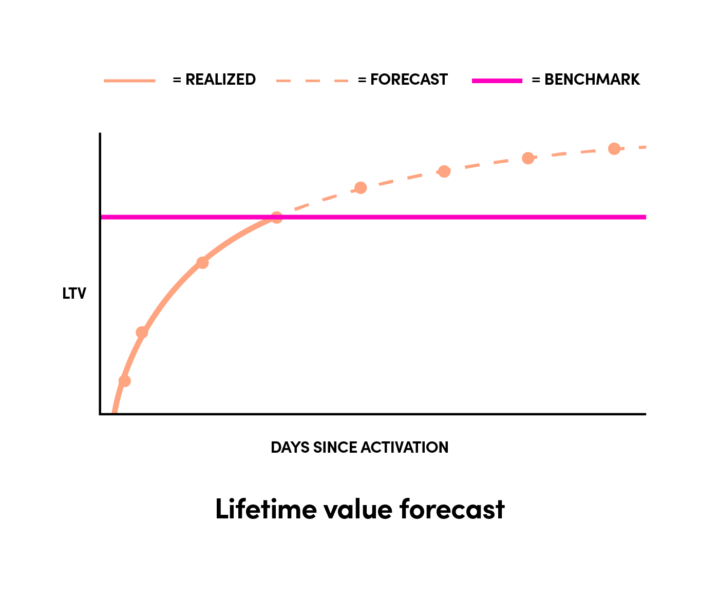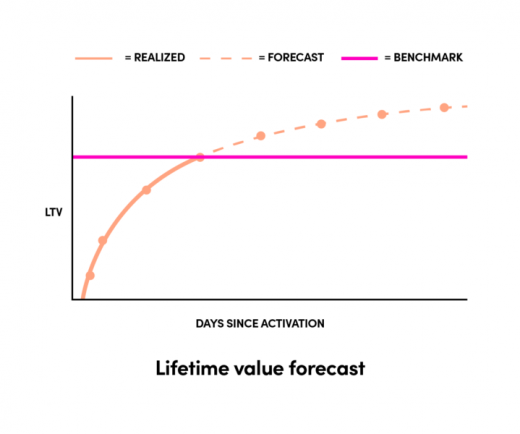Impact of in-house Lifetime Value model based on learnings from Lyft
Understanding the potential value of a user is critical to every business.
Lyft’s business is a two-way marketplace of riders and drivers and every city has its own supply and demand needs based on several factors like traffic, weather, community events. etc. Managing marketing and engagement in a dynamic marketplace comes with its own unique set of challenges of how to set region-specific budgets, bids, incentives to match our needs with a certain degree of confidence in our forecasting models. The challenge of coordinating & scaling these campaigns led us on the journey to building our own marketing automation stack. We realized that by machine-learning focused automation of routine decisions, we can scale efficiently and create a data-driven self learning system. By automating routine decisions, we can scale more predictably and efficiently and free up marketers to focus on more creating aspects of their work like new channel exploration and messaging creativity.
For a company our size, we reached the inevitable juncture of build versus buy. Strategically, we wanted to build bench strength in our organization around data-driven marketing automation. We had a lot of custom campaign setup and budgeting needs based on internal growth forecasts paired with the thousands of in house custom signals to run and launch these campaigns. So even though the cost of building and getting the minimal viable product (MVP) out was high, we knew it was the right long term investment for the company. We aimed to build a stack that was not just efficient and quick to respond to market needs, but also a key differentiator from our competition.
I recognize this is a substantial undertaking for most companies. In my view, the most valuable component of this entire system is the prediction of lifetime value (LTV). If you only invest in one piece of a marketing automation suite, LTV modeling, with continuous improvement to the precision of the model is absolutely my recommendation.
Understanding the potential value of a user is critical to every business. That is why Lyft spends a good amount of resources and time on understanding the value of every new driver and rider that we bring to our marketplace. The goal of LTV is to develop guardrails for marketing investments. This value can potentially be used for various use cases like acquisition budgets, incentive optimization, onboarding personalization, landing page variances. etc. In our marketing automation platform Symphony, we use this value so budget can then be allocated based on the expected value for users coming from a given channel and the price we are willing to pay in a particular region for those types of users.

The diagram demonstrates a high-level view of how a user’s expected LTV is calculated while accounting for supply and demand in our two-way marketplace. Predicting LTV as accurately as we can help us set mid- to long-term strategic goals.

Instead of attempting to measure LTV directly because it is hard to get a sense of retention, rides, or transaction value early in the user’s lifecycle, we predict it from historical data. The forecast improves as the user interacts with our services.
Mature advertising platforms like Facebook, Google and LinkedIn are increasingly obfuscating bidding strategies from the customers, and hence it becomes super valuable for the business to focus on creating these signals that identify user value so they can be sent as postback to the channels for them to optimize their models and hence your marketing campaigns.
We are achieving a higher return on our investments while saving marketer hours in a growing ecosystem of more than 22 million quarterly active riders (based on Q4 earnings report). Marketing automation is still in its infancy at Lyft, and while these methodologies have helped us scale so far, we will continue learning and improving as we grow.
Opinions expressed in this article are those of the guest author and not necessarily Marketing Land. Staff authors are listed here.
Marketing Land – Internet Marketing News, Strategies & Tips
(9)



